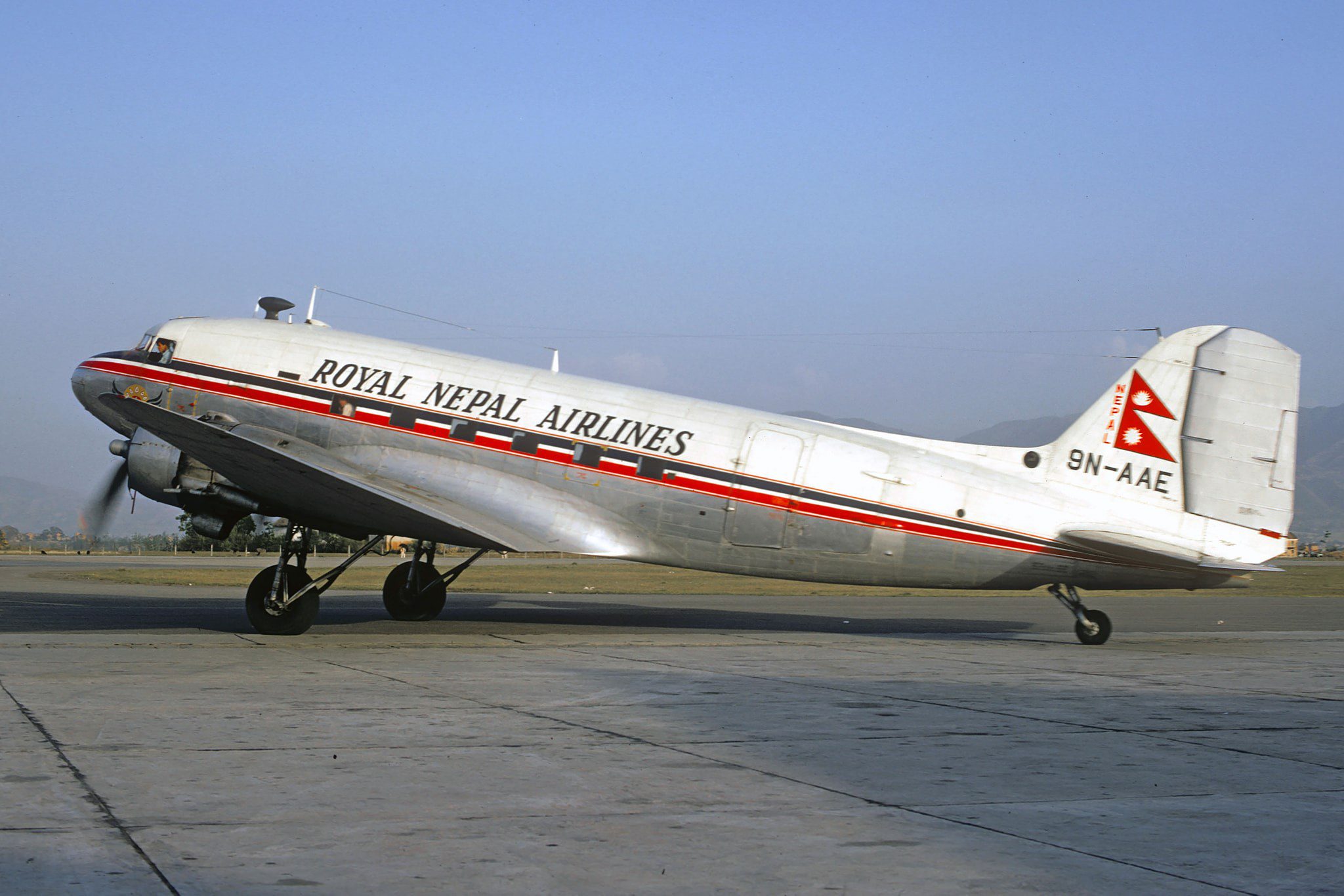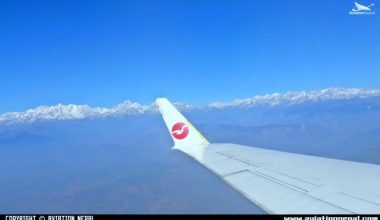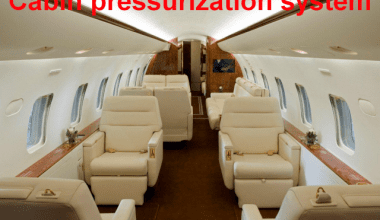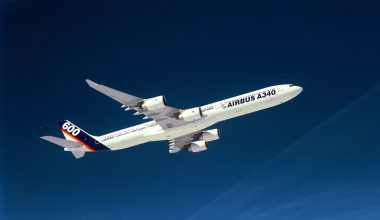Today, let us take a look on Evolution of Airplanes. Air travel has been one of the significant accomplishments humankind has achieved. Air travel has not only made it possible for people to move freely across the globe but also redefined the business process and globalization of the trades. Without these modes of transportation, humankind wouldn’t have prospered to this level.
Read More: Evolution of Aircraft Engine
But airplanes were not perfect machinery right out of the box; it took tons of dedication and constant effort from mankind to perfect the impeccable flying carriage.
History of Airplanes
Evolution of Airplanes started from early centuries, flying was a myth and considered magic if anyone could achieve such feats. However, the innovative minds weren’t a scarcity even at that period; the first-ever human attempt to touch the skies began from China in the 5th century BC. Chinese philosophers Mozi and Lu Ban were the genius minds behind the design. And, by 549 AD, paper kites were already in use by the Chinese military as means of communication to deliver secret messages, measure distance, test the wind, and signal the force. The concept slowly spread across the world, and people started trying their own version of pursuit of the flying dream. There have also been similar tales and stories about mankind’s sky quests like Icarus and Daedalus from the greek myth who tried to escape the Crete by attaching feathers and waxwings and Vimana(ancient flying palaces and chariots from Hindu mythology).

However, the actual experiments on airplanes started in the 9th century when scientist, historian, inventor, and poet Abbas Ibn Firnas first flew with a machine heavier than air. Abbas jumped from the tower of Cordoba’s Mosque using an innovative parachute in the year 852, which had a pretty rough landing. His next attempt was later in the year with a new design of air-glider made out of wood and silk; he launched himself from the La Arruzafa hills on his second attempt and had a sustained flight which lasted up to 10 minutes. The news of his success, which humanity at the time deemed to be impossible, spiraled all over the world. Abbas is also the precursor of the design of modern-day parachutes and glides who inspired the latter-innovative intellectuals like Leonardo da Vinci who developed designs of his version of flying machines after six hundred years of Abbas success and Wright brothers, after more than 1000 years, proved to be the true successor of Abbas’s dream.
First-ever Successful Flight
Mankind’s first-ever effort was only fruitful in 1903 when the Wright brothers, who are regarded as pioneer visionaries, proved to the world about possibilities of air transportation. Wilbur Wright and Orville Wright were the first to design a sustained and powered flight; they flew their first powered flight on 17th December near Kitty Hawk, North Carolina. Their first aircraft was in the air for about 12 seconds and covered a distance of 37 meters. Motivated, seeing the dream turning into a reality and support from people, the Wright brothers’ new models could cover the distance of 24 miles by 1905. The Wright brother’s success inspired the latter generation to perfect the designs of airplanes and turn them into air traveling beasts.

First Air Service
The world’s first-ever service flight carrying passengers was first operated on 1st January 1914. The aircraft named ‘St. Thomas Benoist, an aviation entrepreneur, designed Petersburg-Tampa Airboat’. The flight operated between St Petersburg and Tampa. The pilot operating the first-ever passenger-carrying aircraft was Tony Jannus, an experienced air-pilot; the flight covered a distance of 21 miles across the bay to Tamp and lasted for about 23 minutes.
The air service became a reality when Percival Elliot Fansler was captivated by the work of Benoist, who designed the aircraft that could land on water. Fansler and Benoist started corresponding with each other and finalized the travel destination between St. Petersburg and Tampa. The 23 minutes distance covered by the aircraft took 4 hours by steamship and between 4 to 12 hours by railways, so the air service became an instant hit.
However, the flight service was only active for four months; during its service, the aircraft carried more than 1,200 passengers between St. Petersburg and Tampa. Although it was a short-lived endeavor, the service operated at St. Petersburg displayed the possibility of commercialized air-travel service and the future of air travel to the world.
First Around-The-World Flight
The first-ever try to conquer the horizon took place in 1924; eight of the U.S Army’s pilots took off from Seattle on four aircraft to travel worldwide. The East to West round trip took 75 days and was completed on 28th September after setting out 6th April 1924. The planes in this voyage were named after the major cities of the U.S, Seattle number 1, Chicago number 2, Boston number 3, and New Orleans number 4. The eight pilot teams completed the journey making 74 stops across the globe and covering approx. 27,550 miles.
Among the four aircraft set out to complete the East to West tour, only two aircrafts Chicago(no. 2), flown by the aviators Leslie Arnold and Lts. Lowell Smith as well as New Orleans(no. 4) navigated by John Harding Jr. and Lts. Erik Nelson completed the entire scheduled journey.
Read More: For What Motive Aircraft Are Hijacked?
First Solo Trans-Atlantic Aircraft
Raymond Orteig, a hotel owner in New York, offered prize money of $25,000 to the first pilot who could fly a non-stop flight from New York to Paris in 1919. Many attempted to complete the challenge, and by 1927, four men died, three were seriously injured, and two went missing in an attempt to complete the voyage. Charles Lindbergh, who was enlisted in the U.S Army’s flying school in 1924 and graduated first in the class, took up the challenge.
Businessmen funded Lindbergh at St. Louis to design his perfect aircraft to take upon the challenge and named it “Spirit of St Louis” to honor his investors. The single-engine aircraft designed by Lindbergh traveled 3,600 miles in about 33.5 hours ad safely landed in Paris, completing the challenge.
Revolutionary DC-3 Air Travel
After the commercialization of air service and before any impactful updates, the flight used to take longer hours with different transition points. Even a flight from New York City to Los Angeles used to take about 25 hours with at least two plane changes along the way and more than 15 stops. The Douglas DC-3 aircraft became a prominent aircraft with the expansion of passenger service and improved aviation upgrades that could travel long distances eliminating the need for several transition stops.

DC-3 took its first flight on 17th December 1935; by 1940, more than two million had made trips with Douglas. The DC-3 was a perfect companion for air travel with noise-canceling passenger cabins, meals & drink choices, and most of all, a safe and stable air vehicle.
Introduction of Jet Airliner
The introduction of public jet airliners in the 1950s brought a new era for the aviation industry. Boeing 707 and Douglas DC-8 airliners were the first generations of jet airliners. The jet airliners were designed with engines that had fewer moving parts than the traditional piston engines making the aircraft safer, reliable, and cost-efficient. The jetliners flew even faster than its other mode predecessor; the Boeing 707 was specially crafted for trans-continental purposes. It could make non-stop continental flights with its extra fuel tanks and the competent turbofan engine.
Different airlines started adapting to the change and started using the first generation jet airliners for their service. National Airlines began their jet airliners service borrowing Boeing 707 from Pan American after its introduction in 1958. Soon after that, American Airlines followed the path of National Airlines and started domestic jet airliner service with its own Boeing 707 in January 1959, with Delta and United Airlines opting for the DC-8s jet airliner the same year.
Boeing 747- Passenger Comfort
The first generation of jet airliners focused on the development of sustainable and more reliable engines. Moving from the piston to turbofan engines to make the flight more secure and one-stop journey cuts off the needs of many transition points. With new upgrades to its predecessor, Pan American Airways made its first commercial flight Boeing 747, on 22nd January 1970. The Boeing 747 was a revolution in both the aviation field and passenger experience with the introduction of different cabin classes.

The spacious design with comforting seating zones, in-flight dinners, and entertainment experience made the aircraft an instant hit. With the introduction of the Boeing 747 and the classification of cabins and services depending on the expense available to both first-class and economy class passengers, the aircraft made the travel experience accessible for even middle-class passengers.
Fly-By-Wire(FBW) Airplanes
In recent decades, mankind has made huge technological leaps in almost every sector likely, and the aviation sector also kept up with the changes of time with the integration of cutting-edge tools and techniques. The fly-by-wire is the most recent evolution of airplanes. The airplanes with FBW systems are self-automated with computer-regulated flight control systems transforming the aircraft’s traditional mechanical controls into an electronic interface system.
Rather than needing the need of mechanical flight controls, these airplanes have transcended into an entirely digitally automated system. The airplanes Flight Control Computer(FCC) adjusts the actuators that move the flight control surfaces as per the pilot’s flight control direction.
The aircraft was originally designed for the military, replacing the mechanical control with electronics making it much lighter, less bulky, increasing the fuel efficiency and design flexibility, making it safe and comfortable. Furthermore, these airplanes also have up to quadruple redundancy back-ups system built into them, so the automated system can function properly if needed.
Evolution of Airplanes; What Future Has In-Store?
The advancement of mankind has been so remarkably fast that it seems like we have overcome several milestones in a short span. It has just been about 118 years since the Wright brothers flew their powered airplanes with just wooden seats, and now the passengers can binge-watch their favorite show sipping fine wine and enjoying exquisite delicacies. So, it wouldn’t be wrong to assume that the aviation industry has the potential to evolve into much further heights.
All-electric aircraft, personal manned aerial transportation, electric freighter, city airbus, and efficient outright flying cars are some of the extraordinary concepts being researched and worked on. On top of that, the modern leading technological progress has made any idea and dream an achievable dream, the past paced tools and automation can complete a work in an instant that used to take years in past few decades. Therefore, in the near future, the aviation industry might not be just based on earth, maybe traveling across the universe won’t be just a far-fetched dream anymore that we got to see.





